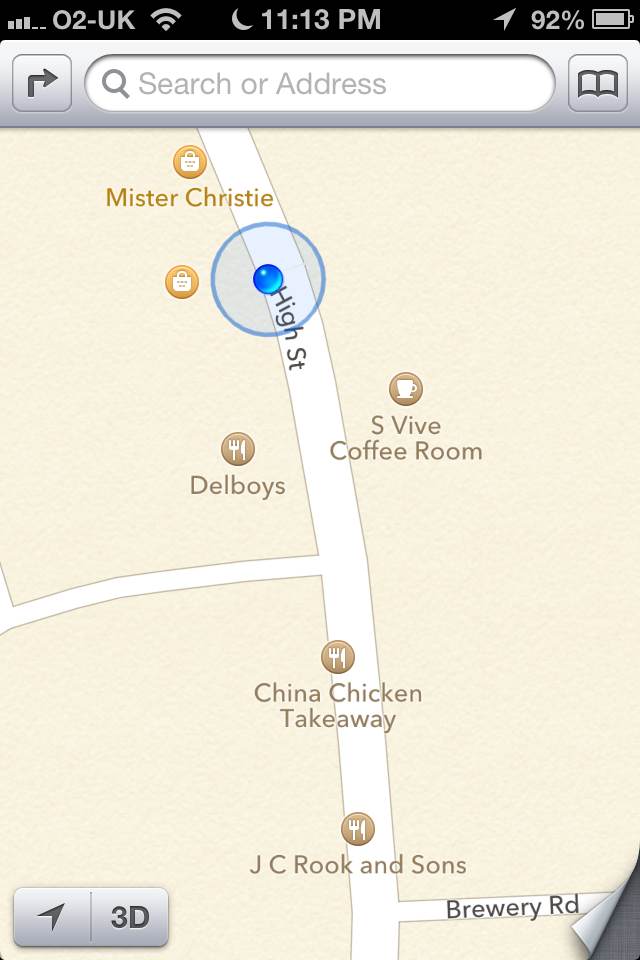Online maps need standardised addressing.
Another iPhone launch, another scandal - if it's not antenna-gate then it's scratch-gate or map-gate.
Apple Maps has its problems, even the most ardent of Apple apologetics can admit, but is it all Apple's fault?
As I have said before, iOS is in a period of transition:
"Dropping Google Maps and going for an in-house solution is brave and an illustration of things to come but there was too little time to realistically do anything with it."
Fingers have been pointed and Apple's data suppliers have been quick to say that it's not their fault and that their data is good - it's how Apple are using it.
Each individual data set from each supplier is, most likely, very good quality but the problem Apple faces is combining these data sets from disparate sources when there appears to be no reliable addressing standard for online mapping.
It's bigger than Apple
Google may have had years to hone its data but the search giant is not unaffected by some of the exact issues that currently plague Apple.
It appears that businesses, at least, are added purely by address - where's the problem with that you ask until you realise that there are problems with long addresses.
Take my village as an example; I live in a village just outside a main town where the address is in the format:
Whatever Street Village Name Town Name County Post Code
Unfortunately, online mapping solutions tend to ignore the Village Name line so generate issues with shops and businesses being placed in the wrong town or village, especially if the street name is the same.
High Street, Milton Regis, Sittingbourne, Kent effectively becomes equivalent to High Street, Sittingbourne, Kent.
 When viewing Milton Regis High Street on Apple Maps you are presented with a number of business that are in Sittingbourne and not Milton Regis. It even lists a couple that are in nearby Sheerness.
When viewing Milton Regis High Street on Apple Maps you are presented with a number of business that are in Sittingbourne and not Milton Regis. It even lists a couple that are in nearby Sheerness.
A comparison view using Google Maps shows a number of businesses in their correct locations but there are still a couple (circled) that are being shown on the wrong High Street.
To the point
Turn by turn navigation in Apple Maps is among the best I have used on a phone when driving point to point between known, and accurate, locations. Finding a specific location via its post code (rather than address) is always reliable so it is surprising that businesses etc. are not initially positioned via these known fixed points and then fine tuned using the address details.
Once data providers can agree on a standard format for their data and mapping applications can find the best way to interpret that data then the online mapping experience for all will be greatly improved regardless of the platform.


[...] Online maps need standardised addressing. (Colin Walker – Social Thoughts) [...]